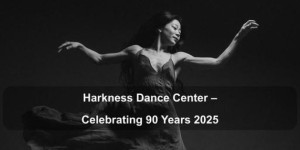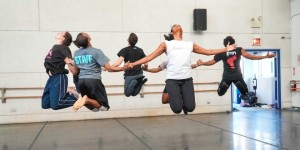THE DANCE ENTHUSIAST ASKS: Dante Puleio and Diego Vega Solorza on Boldly Interpreting Limón

Limón Dance Company Celebrates 80 Years at The Joyce Theater and Pays Tribute to Carla Maxwell
This October 14th through the 19th, the Limón Dance Company celebrates its 80th anniversary with a bold, intergenerational season at The Joyce Theater. Under the direction of Artistic Director Dante Puleio, the company will honor José Limón’s legacy while spotlighting new voices shaping the future of modern dance.
The program features a reimagined staging of Chaconne (1942), a powerful new reconstruction of The Emperor Jones (1956), and the world premiere of Jamelgos by acclaimed Mexican choreographer Diego Vega Solorza — works that wrestle with questions of masculinity, identity, power, and queerness. The Dance Enthusiast’s Theo Boguszewski speaks with Puleio and Solorza about the upcoming anniversary, and how each artist is propelling Limon’s legacy into the present.
For tickets and more info, CLICK HERE
Theo Boguszewski for The Dance Enthusiast: The Limón Dance Company is celebrating 80 years. What does this milestone mean for you as the artistic director?
Dante Puleio: I danced for the company from 2000 to 2015, with a break in the middle. To have watched the company grow from where it was to where it is now, and then to be the one to be shepherding it to the next generation is an unbelievable honor. To take the work that I feel saved me and gave me purpose and then to have this platform to do the same for other artists and for audiences is an important responsibility, one I don't take lightly. I feel honored to usher this era of the company on to the next generation.
What was it was about the work that saved you?
Dante Puleio: I was pretty lost as a young person. And then when I started, dancing gave me purpose. But I found myself in this world that I was very new to, and I didn’t have a landing pad. I was just trying to learn, do everything right. And then all of a sudden, I found Limón. The work spoke to me; the technique felt good in my body. And then I got into the company, and found my lifelong friends. And it just gave purpose and direction to my entire career, my entire person.
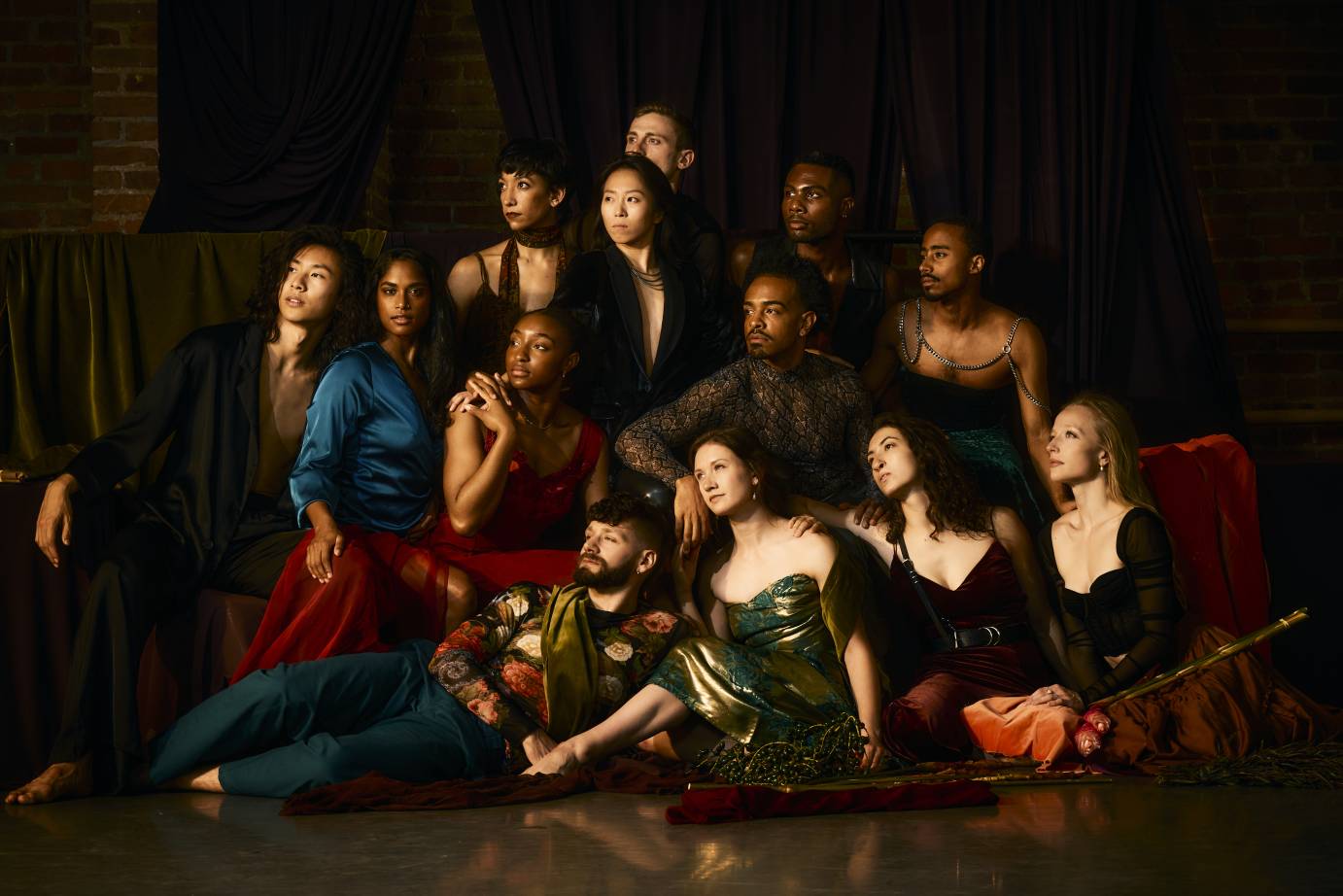
Diego Vega Solorza is premiering Jamelgos next month. How did this commission come about?
Dante Puleio: When I curate a season, I like to think about who José Limón was and why he made the works he made. I'm going on my fifth season of being artistic director, and each season I like to pull out the threads of different aspects of who Limón was. And then I pair a commissioned choreographer with that thread I'm pulling.
I'm interested in the male power dynamic that happens in a lot of José's works. We look at The Emperor Jones or The Traitor and The Moor’s Pavan, and we see two male characters at odds. He is one of the only choreographers from his time who featured these kinds of male relationships on stage. There’s this level of homoeroticism in the work that has never really been addressed. I want to start pulling at that thread in particular. What can we learn about Limón by looking at these works?
Diego and I have been talking over the past couple years. I really love his work; it also lives in that world of the male power dynamic and queer subtext (and not subtext). And I thought a conversation between the two choreographers across generations and across time could create an interesting dynamic. So I commissioned something new by Diego with this in mind, but also from his perspective as a Mexican artist who's creating work in the now.
Diego, similar question: How did José Limón’s legacy shape your choreographic response in this piece?
Diego Vega Solorza: So for Jamelgos, I thought a lot about the relationship between José Limón and Mexico. I believe that the strength and the naturalness in his movement is very Mexican. And I'm not talking about Mexican dance, I'm talking about the way that Mexicans are as a society.
Limón was so impressive in how he took over space — with strength, without asking permission to dance. He was more than a dancer. He was a man who had something to say, a person making art. And this is how I connect with Limón’s legacy.
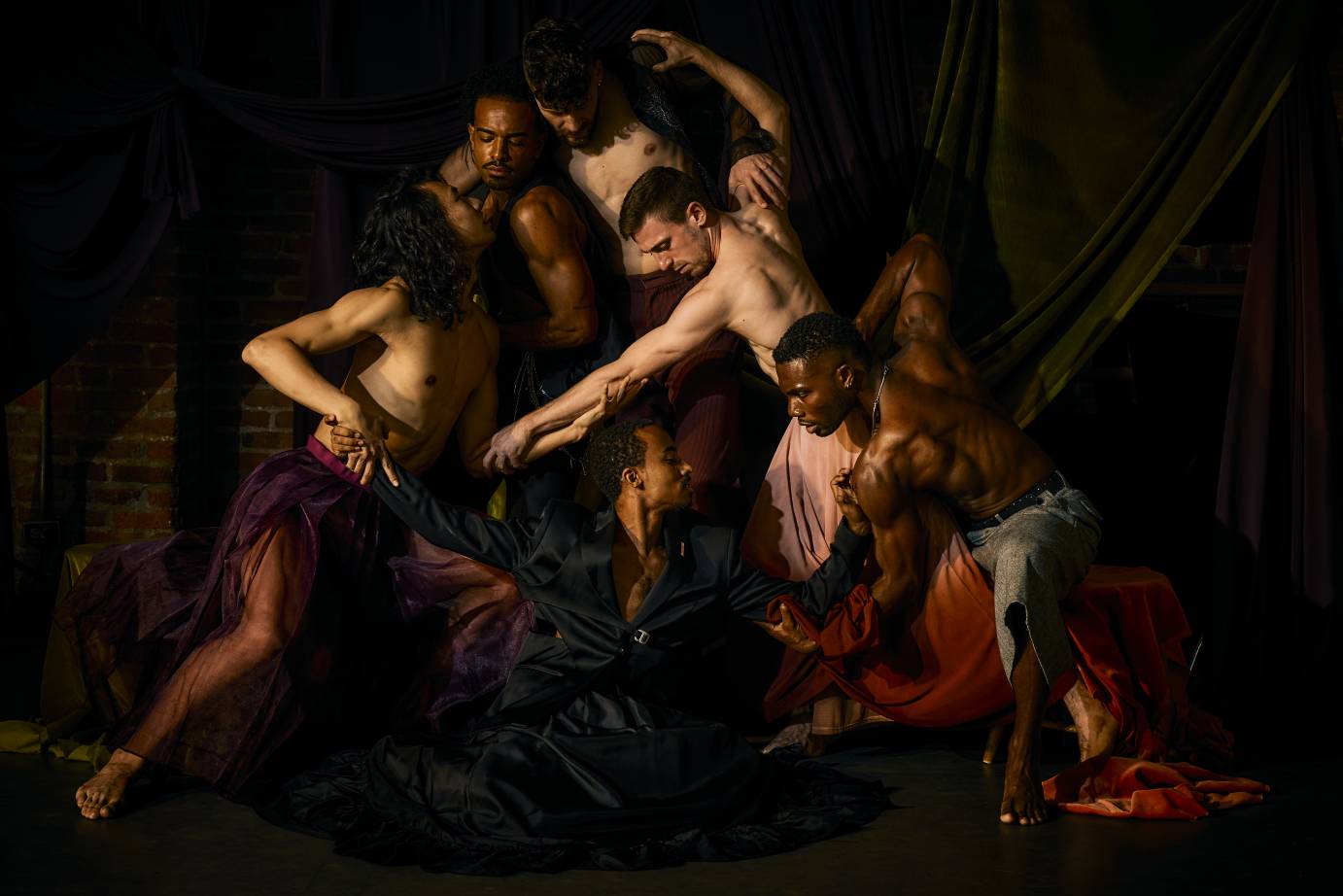
How did Ebe Oke's score influence the choreographic landscape of Jamelgos?
Diego Vega Solorza: For me, the music is one of the final elements in my pieces. Sometimes I only work with silence, or with sound that isn't actually music. In my process, I always create everything first without music, just with the metronome. I make sure that the most important thing is the body; that the work can happen with no other element other than the body. And then when the other elements are added, it becomes even more powerful.
So with Ebe, the musician who is our collaborator for this, we are still in the process of creating music. I'm sure that it will be incredible. It's a mix of digital and instrumental music. And the process, honestly, was quite simple. I just gave him all of this information about what I was imagining; about the colors, specific moments, signs, textures, and what's behind the movement. And names and titles for every scene. And, well, from that he will do his thing.
What was it like of traveling to New York City to set your new work on the Limón dancers?
Diego Vega Solorza: I first traveled to New York to meet the company and give a workshop, which was an important moment to connect and understand how my style could interact with their modern technique. After that, I started developing ideas in conversation with Dante while also creating sequences with my dancers in Mexico City. We explored the choreographic language I wanted to bring. When I arrived in New York , I came prepared with material, but realized much of it needed to change once I felt the dancers’ energy and timing. My process is collaborative, so I worked closely with the dancers, reshaping the piece through exploration. It was challenging to merge our different approaches, but I think we did a great job.
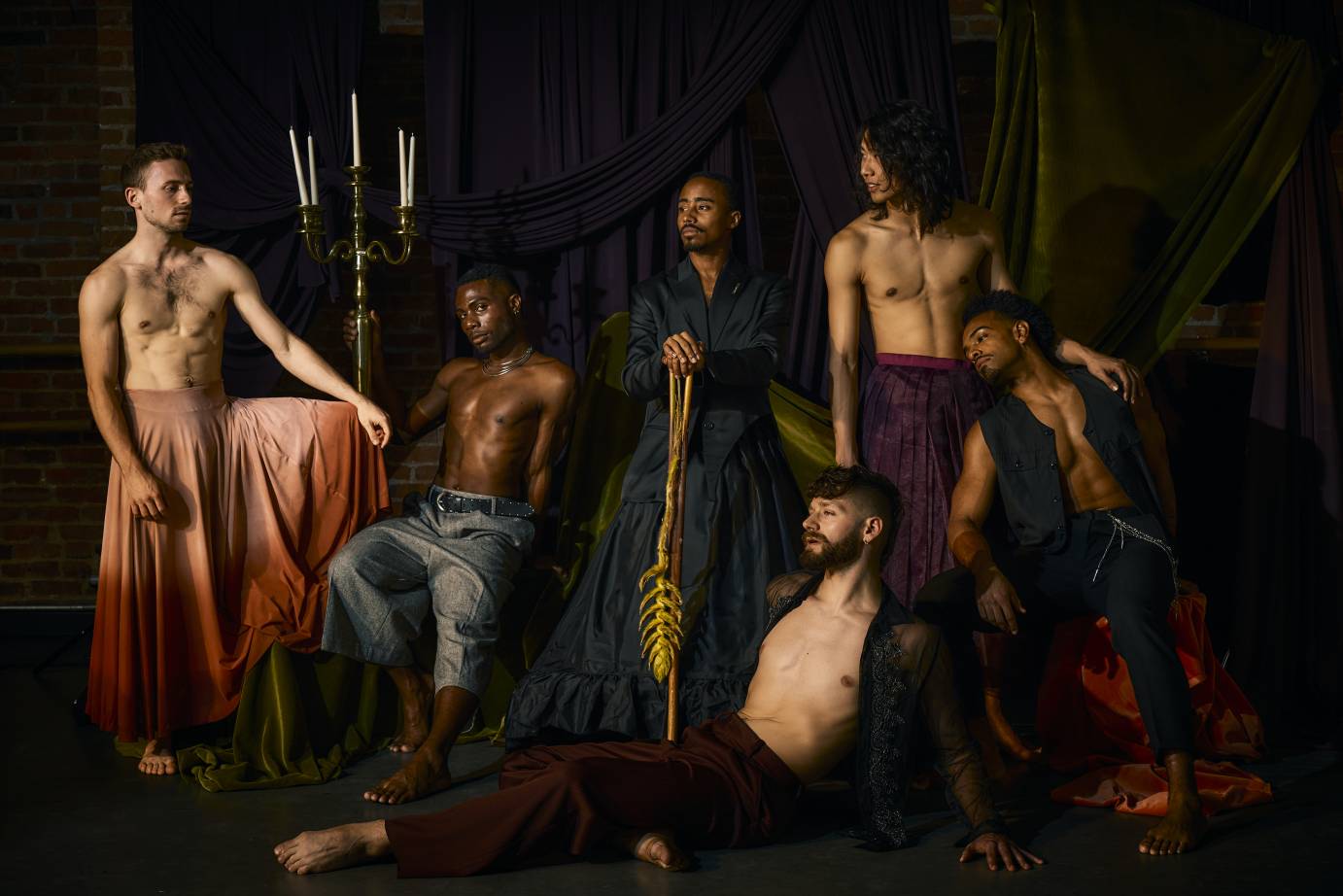
Are there similarities between your style and the Limón technique?
Diego Vega Solorza: I come from the north of Mexico, they are very fond of Limón, of course everybody in Mexico is. Mexico has a strong connection with modern dance. And because I learned from a school that taught Limón, I know the technique, it's part of my language still — the way that I use the head and also the weight and suspension.
So question for Dante. How did you decide to bring an intergenerational cast to Limóns 80th celebration?
Dante Puleio: There’s one piece in particular, Chaconne, one of José’s iconic solos. He made it in 1942 before he even had a company. A couple of years ago, we did a group version at Juilliard, and it was really successful. All these bodies doing this solo looked beautiful. And then last year, Sarah Stackhouse passed and we had a memorial to her where different generations came together in groups dancing this piece, it was a beautiful moment. I thought, “This is the way we need to celebrate 80 years. I need to have dancers who have danced withJosé, dancers who have danced in the generations from then until now, and students who are learning the work.” That's what will open the program, about 25 dancers perorming a group version of this solo together.
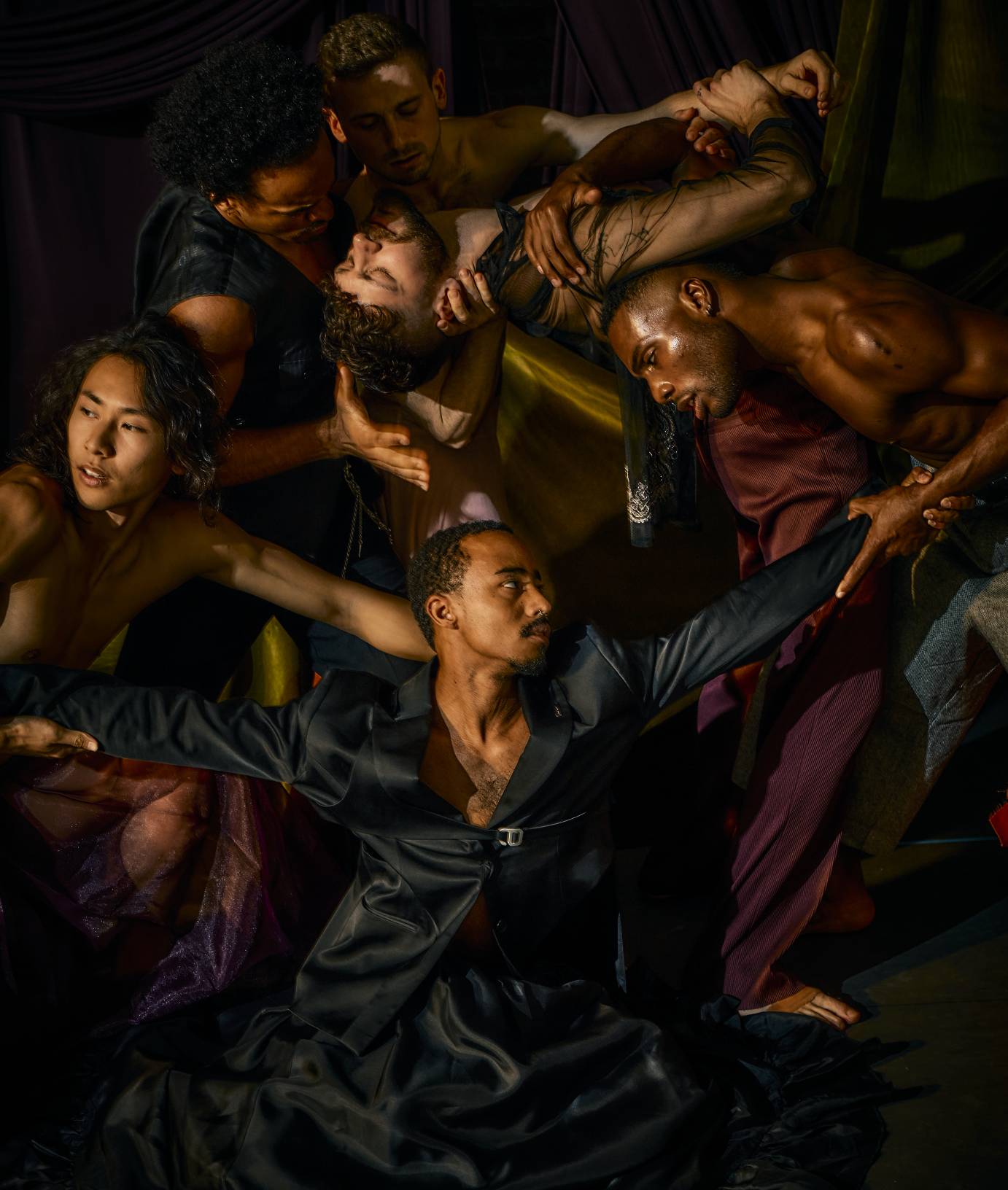
Question for Diego. How do you envision your role in shaping an evolving conversation between Mexican and US dance traditions?
Diego Vega Solorza: We are at a point where the world needs this kind of connection, this exchange with other countries and other cultures. I think is really important to understand how others think, and realize that our differences are not a problem. So in a political sense, this collaboration and the desire of Dante and the Limón company to continue seeking encounters with cultures such as Mexico is very important.
And obviously since José Limón was Mexican, it's a good idea to connect his story with people who live the reality of the country. I'm very excited about this collaboration because it is also an opportunity to show that Mexico is bigger, it's not only like a sombrero, a pancho, Frida Kahlo — of course I love Frida Kahlo, but it’s important to understand that Mexican identity is not only a cliché. There are more ways to express ourselves and our identity. This is a great opportunity for me, as a contemporary artist.
Does the company have a history of doing this? How do you see this international dialogue shaping the company’s future?
Dante Puleio: When I got here, there hadn't ever been a Mexican choreographer that created a work on the company besides José. So my first commissioned choreographer was Raúl Tamez, and he created something in 2021. That work, Migrant Mother, went on to win a Bessie and then toured the world three times over. So that was our first real engagement with a Mexican choreographer.
I hope we can be that bridge for my artists in the Limón Company, and for audiences who may not be so familiar with Mexican artists. I hope we can continue building relationships to do exactly what Diego was talking about, going beyond the cliche — how can we more deeply understand each other? I think creating empathy and seeing ourselves in one another can happen with these kinds of collaborations.

What drew you to bring back The Emperor Jones and how are you reimagining it?
Dante Puleio: I was interested in the male power dynamic and bringing that to the forefront. That really comes to life in The Emperor Jones. You see these two male figures in real tension with one another. I've loved this piece for a long time. The premise is a tyrannical leader who is an escaped convict and takes over an island. And so to think about a convicted felon as a tyrannical leader... the imagination doesn't have to go far to see the contemporary parallel.
I wanted to reimagine how this work could be set in 2025. I'm looking at the role of Emperor Jones as a statement about capitalism. What is it about our broken system that people feel they still need to embody? And I feel that piece come alive with the core dancers, they're called “The Emperor Subjects”. There's a scene in the original version with a chain gang. And how different are we now when we are part of this broken system that we still propel forward? There were 200 new billionaires last year alone. But the minimum wage is no longer livable. How are we balancing and dealing with this broken capitalist system we live in?
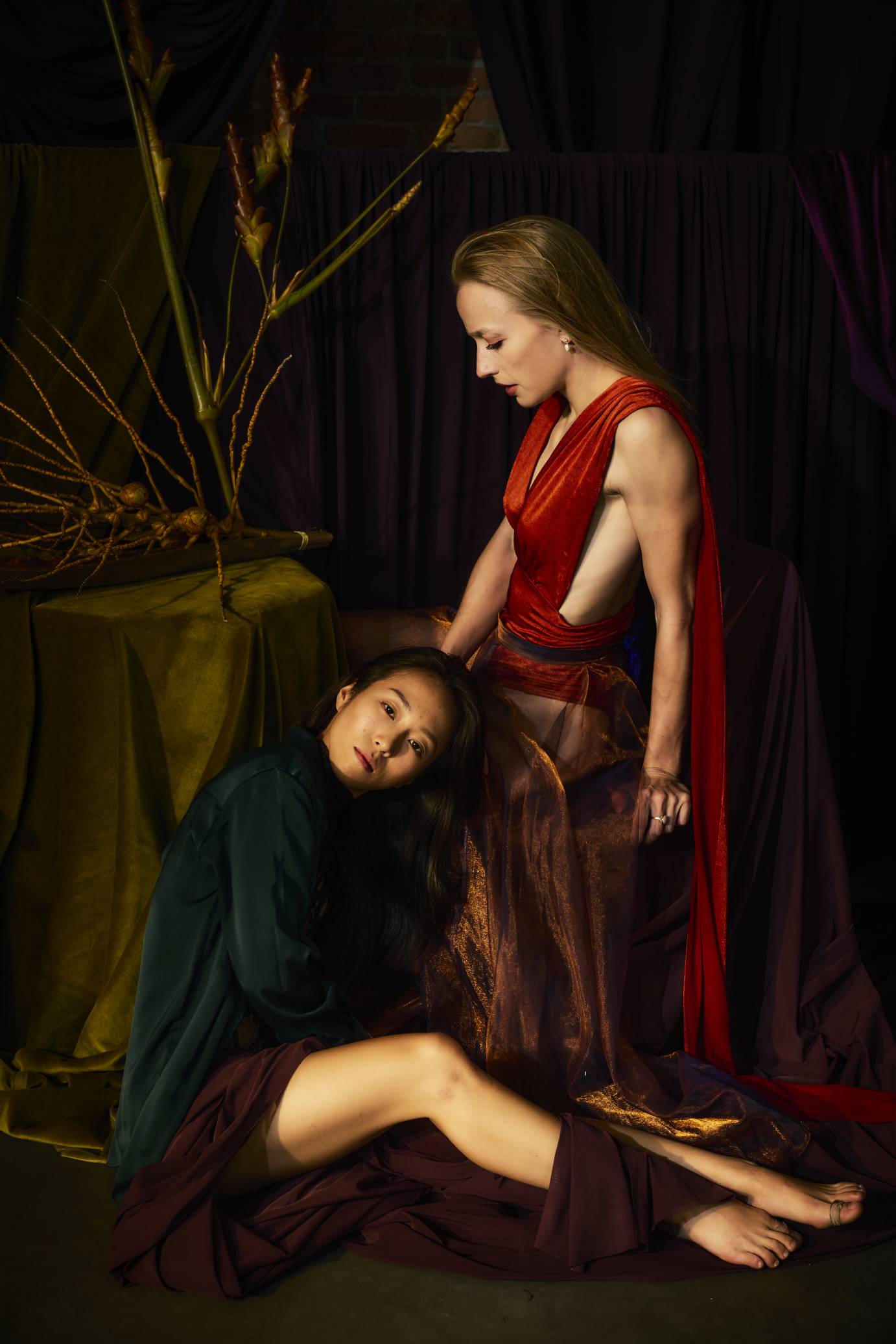
In the original version, there's this big throne. Now we're using an office chair. And now the dancers are wearing suits and ties. So changing how their costume, changing how it's lit, changing where it's set — no longer on a Caribbean island, but in an urban surrounding. I feel that this gives the piece a new lens with which to look at this older work. What else can we unearth from this story that resonates in the current moment?
You all are tasked with taking these works that were choreographed many years ago and giving them new life in the modern day. How do you approach that challenge?
Dante Puleio: We present works in a very historical, framed context. We did La Malinche this past year with the original costumes and the original recording. We can bring these works to life in a historical context, but we can also remold them and see how else they can speak.
I like to program our seasons in such a way that you are tapping into something familiar and something historical, something that stretches the boundaries a little bit and gives new shine to what you may know. So you get this big arc and breadth of experiences in one program.
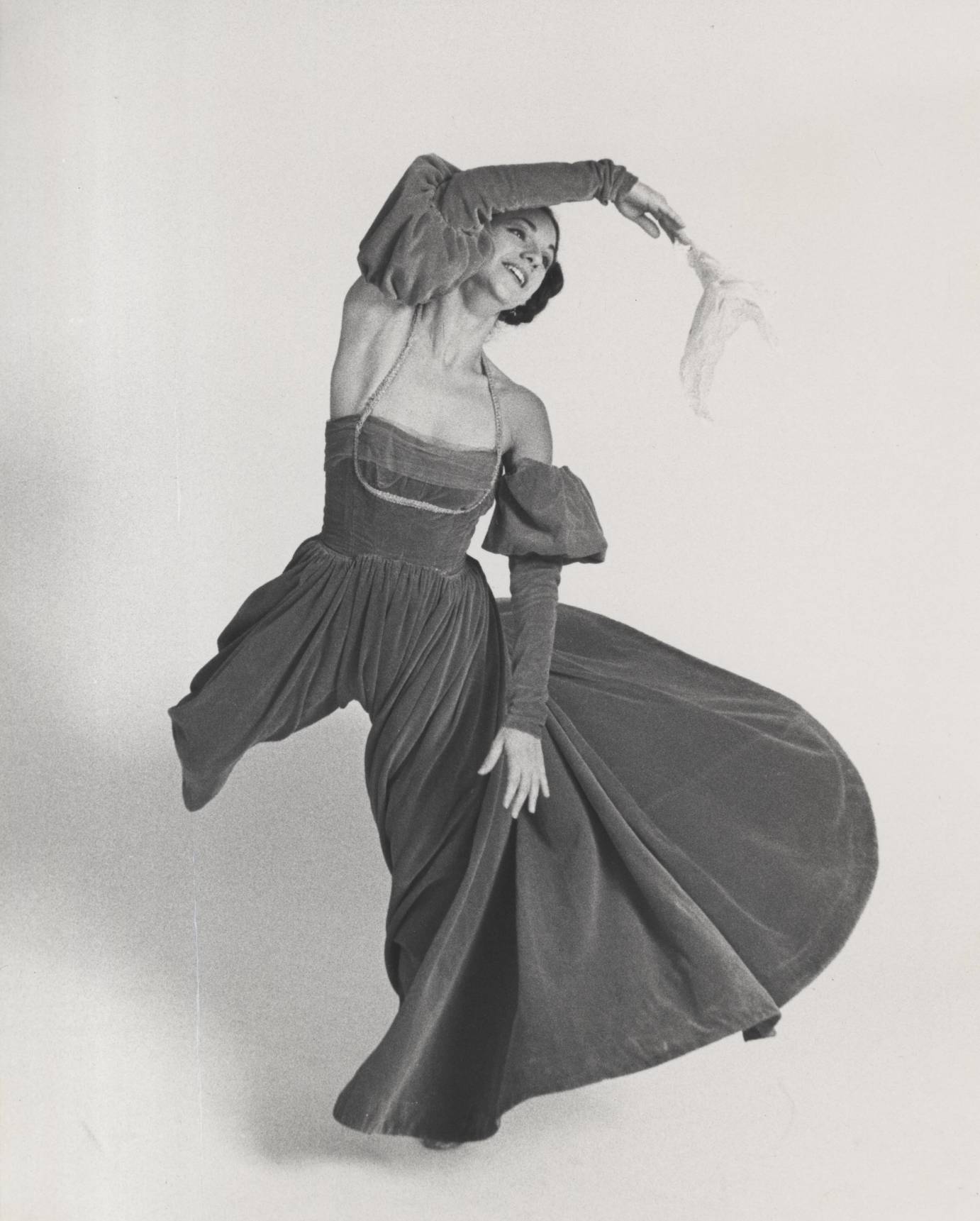
Is there anything else you want to share about your 80th season with us?
Dante Puleio: We'll be dedicating this season to the woman who shepherded this company for almost 40 years; Carla Maxwell was the artistic director for my entire time dancing with the company. She took over shortly after José and just passed this year. I think it's an important moment to celebrate her legacy; she was one of the first people who took a company that was founded by somebody else and said, “this can continue to live beyond the founder.” And because of her, I think so many other companies were able to find ways to thrive. I'm excited to be able to celebrate her in this way.
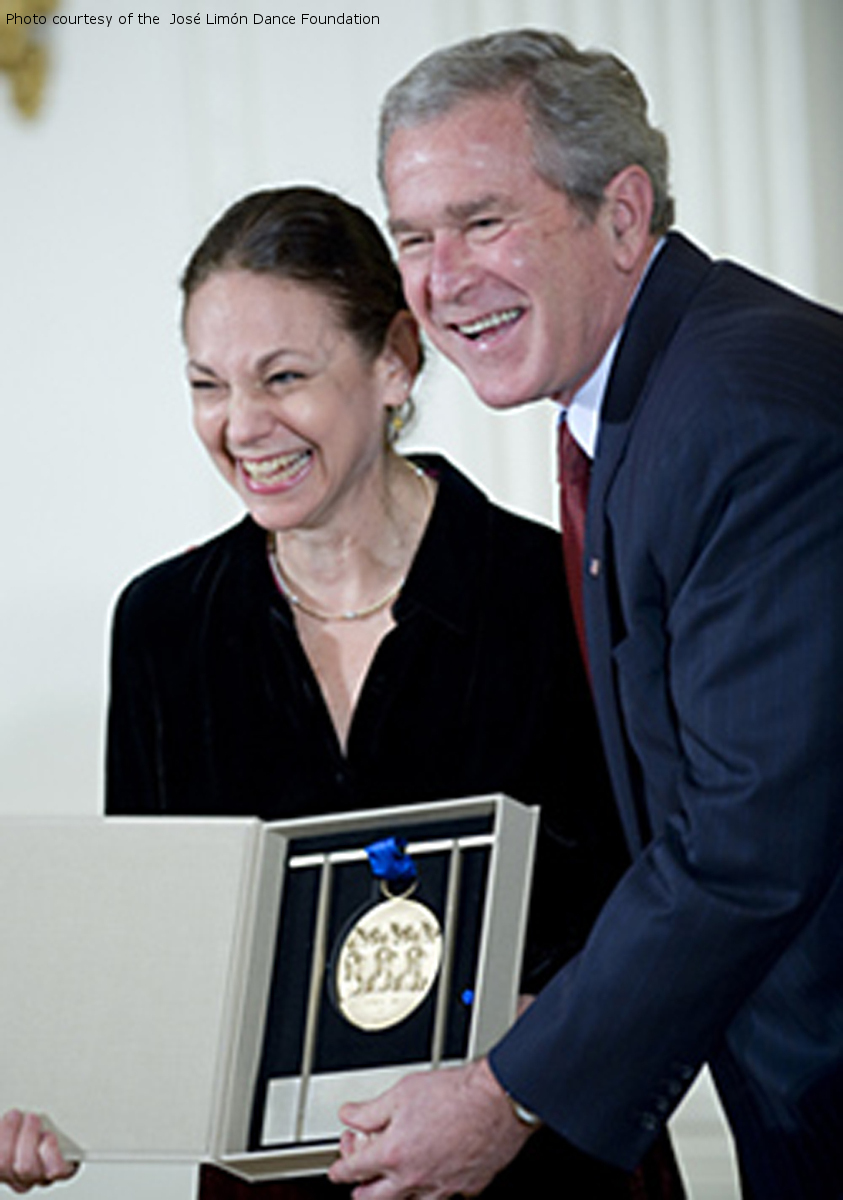
President George W. Bush congratulates Carla Maxwell, artistic director of the José Limón Dance Foundation of New York, as a recipient of the 2008 National Medal of Arts in ceremonies on Monday, November 17, 2008 at the White House. Photo courtesy of the José Limón Dance Foundation





